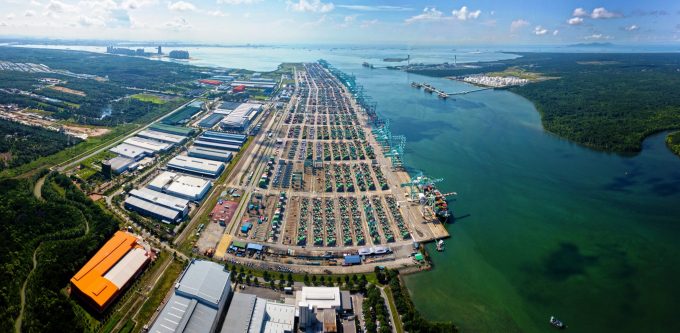Backhaul blues and a gradual decline in liner schedule reliability
Liner schedule reliability data continues to show the Gemini Cooperation achieving the highest on-time vessel ...

Portchain has signed up Malaysia’s Port of Tanjung Pelepas (PTP) for its AI-powered berth optimisation software.
According to Thor Thorup, Portchain’s chief commercial officer, the firm’s Berth Optimisation Engine will enable PTP to deploy assets such as labour, cranes and berth capacity more effectively, increasing productivity ...

Comment on this article